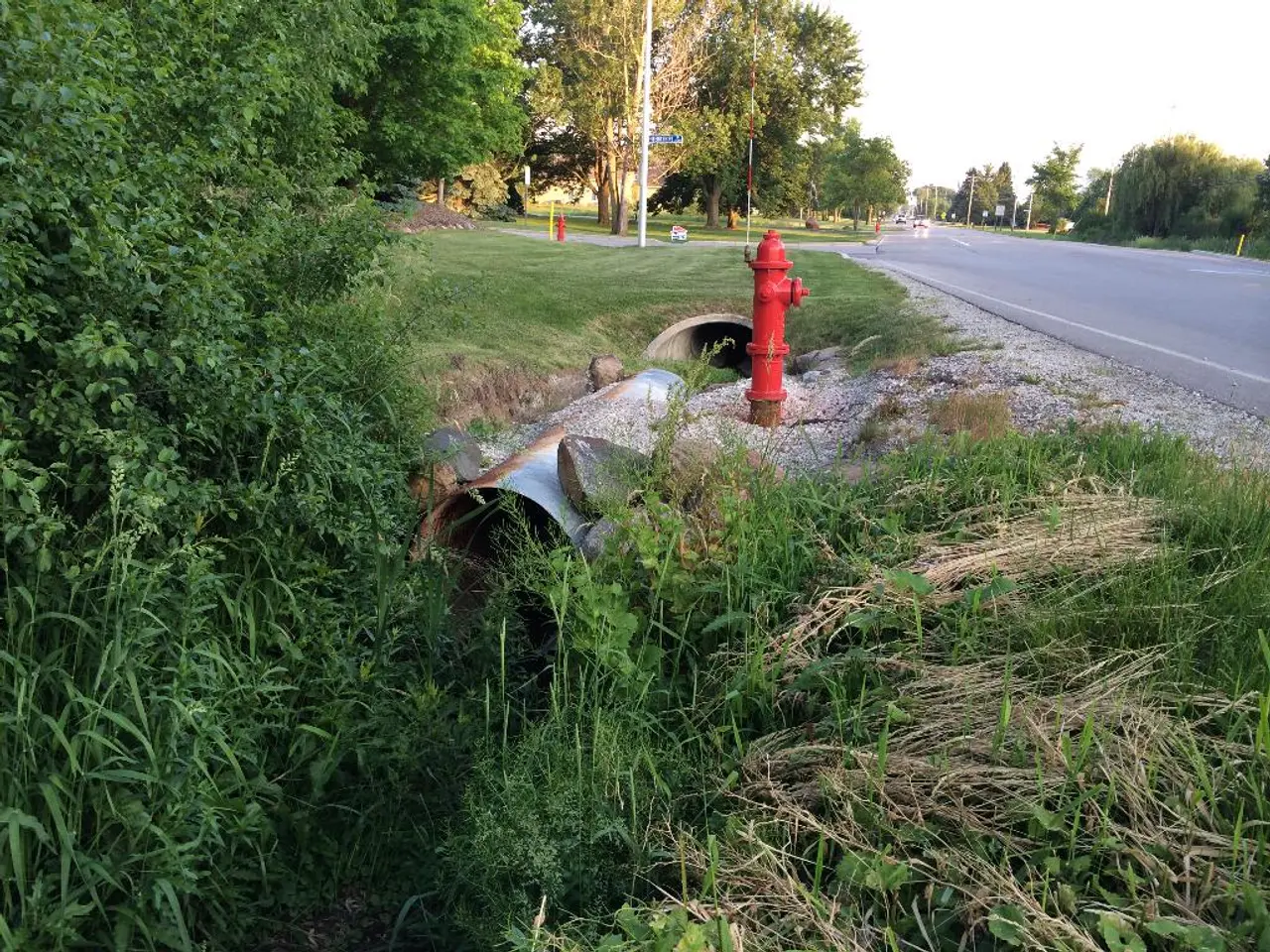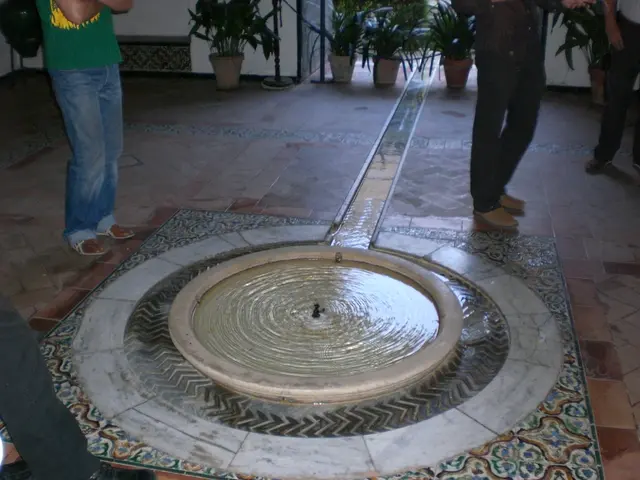Frequent Hydrangea Watering Guide and Optimal Hydration Strategies Suggested by a Gardening Guru
### Watering Hydrangeas: A Comprehensive Guide
Hydrangeas, named after the Greek word "hydor" meaning water, are known for their water-loving nature. These vibrant bloomers require careful watering to thrive, and understanding their needs is key to maintaining a healthy and beautiful garden.
#### Watering Schedules
Newly planted hydrangeas need special attention. For the first week, water them daily if the weather is dry, and then every 2-3 days for the first month to help establish roots. Aim for about 1 inch (2.5 cm) of water each time, ensuring thorough soaking.
Established hydrangeas typically require watering once or twice a week, adjusting the frequency based on soil moisture and weather conditions. Check the soil about 2.5 to 6 cm below the surface; if it's dry, it's time to water.
#### Watering Techniques
Watering at the base of the plant directly targets the roots, reducing the risk of fungal diseases and promoting effective water penetration. Watering in the morning helps reduce evaporation and the risk of mildew. Mulch around plants can also help retain soil moisture and regulate temperature.
For potted hydrangeas, watering every 2-3 days, more frequently in hot, dry weather, is necessary.
#### Amount of Water
Aim to provide about 1 inch of water per week for hydrangeas. Newly planted hydrangeas may need more frequent watering to encourage root growth. Hydrangeas in full sun require more water than those in shade, and soil type affects watering needs—well-drained, rich soil retains moisture better. Amend sandy or porous soils with organic matter to improve moisture retention.
#### Specific Varieties
While bigleaf, oakleaf, smooth leaf, lacecap, and panicle hydrangeas have similar watering needs, oakleaf and panicle hydrangeas tend to be somewhat more drought-tolerant. Bigleaf and lacecap hydrangeas prefer consistent moisture and may wilt quickly in dry conditions.
#### Tips and Warnings
Underwatering can cause wilting, yellow or brown leaves, but the leaves tend to be dry and crispy. Overwatering can cause wilted leaves, yellow or brown leaves, and affect flower production, as well as foster mold or fungus. Fungal spores are spread by improper watering techniques and can cause common hydrangea diseases. Watering at the base of the plant with a soaker hose or drip system, and keeping the water off the leaves, is advised.
Avoid getting the foliage wet to prevent fungal diseases. If temperatures soar, additional supplemental water may be needed. Mulch around the root system can help retain soil moisture, but keep it away from the woody trunk and stems.
Hydrangeas should be watered every 2-3 days, depending on weather. They appreciate rich, well-drained soil with good water retention. The best time to water plants is in the morning or evening. A soaker hose or drip line is a good way to deliver water directly to the root system.
#### The Perfect Watering Companion: The Hose Reel Set
To make watering easier, consider the ergonomically designed hose reel set, made of EPA compliant materials, ensuring a safe and efficient watering experience for your hydrangeas.
Hydrangeas, whether newly planted or established, are best watered directly at the base to promote healthy root growth and reduce the risk of fungal diseases. As specified varieties like bigleaf and lacecap hydrangeas prefer consistent moisture, they should be watered every 2-3 days according to weather conditions, utilizing a soaker hose or drip system to deliver water directly to the root system.







